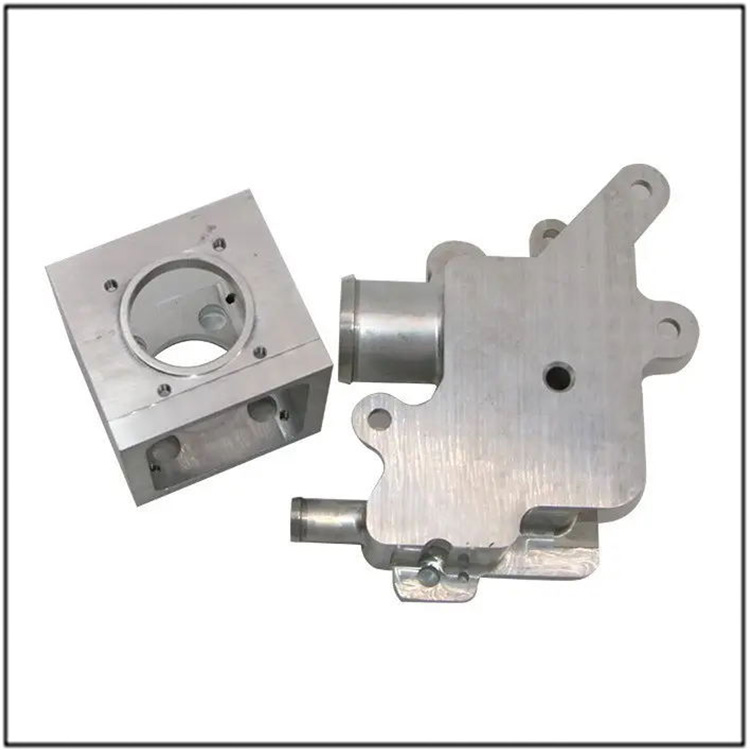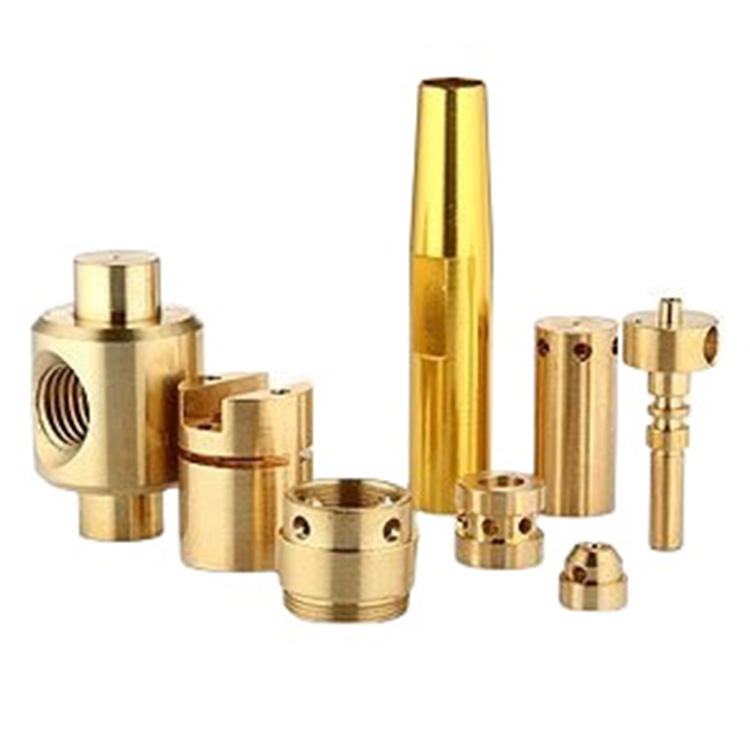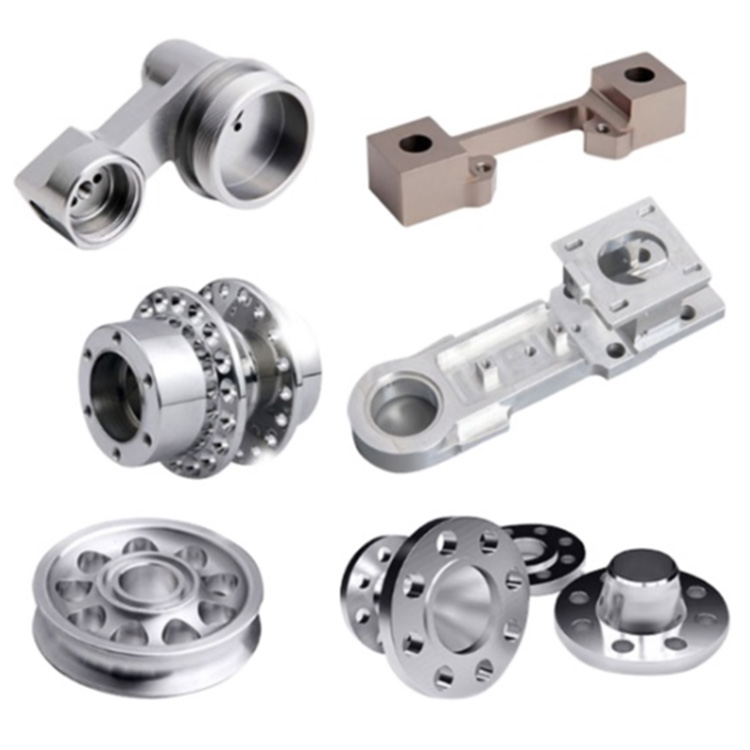
CNC machining, also known as numerical control machining, refers to the processing performed using CNC machining tools. Because CNC machining is programmed and controlled by a computer, it has the advantages of stable machining quality, high machining accuracy, high repeatability, the ability to machine complex surfaces, and high machining efficiency. In the actual processing process, human factors and operational experience will greatly affect the final processing quality.
How to divide the CNC machining process?
1.The division of CNC machining processes can generally be carried out according to the following methods:
The centralized tool sorting method is to divide the process according to the tools used, and use the same tool to CNC machine all the parts that can be completed on the part. Use the second and third knives to complete other parts that they can accomplish. This can reduce the number of tool changes, compress the idle time, and minimize unnecessary positioning errors. For parts with a lot of CNC machining content, the machining part can be divided into several parts according to their structural characteristics, such as internal shape, external shape, curved surface, or flat surface, using the machining part sorting method. Generally, flat and positioning surfaces are processed first, followed by hole processing; First process simple geometric shapes, then process complex geometric shapes; Process the parts with lower precision first, and then process the parts with higher precision requirements. For parts that are prone to CNC machining deformation, the rough and fine CNC machining sequence method is used. Due to the possible deformation that may occur after rough machining, it is generally necessary to separate the processes for rough and fine machining. In summary, when dividing the process, it is necessary to flexibly grasp the structure and processability of the parts, the function of the machine tool, the amount of CNC machining content of the parts, the number of installations, and the production organization status of the unit. Another suggestion is to adopt the principle of centralized or decentralized processes, which should be determined according to the actual situation, but must strive for rationality.
2.What principles should be followed in the arrangement of CNC machining sequence?
The arrangement of processing sequence should be considered based on the structure and blank condition of the parts, as well as the need for positioning and clamping, with the focus on ensuring that the rigidity of the workpiece is not compromised. The sequence should generally follow the following principles:
The CNC machining of the previous process should not affect the positioning and clamping of the next process, and the presence of universal machine tool machining processes in between should also be considered comprehensively. First, proceed with the internal cavity processing sequence, followed by the external shape processing process. It is best to connect the CNC machining processes with the same positioning, clamping method, or the same knife to reduce the number of repeated positioning, tool changes, and pressure plate movements. Multiple processes carried out in the same installation should be arranged first for the process with minimal damage to the rigidity of the workpiece.
3.What aspects should be considered when determining the clamping method for workpieces?
When determining the positioning reference and clamping scheme, the following three points should be noted:
Strive to unify the standards of design, process, and programming calculations. Try to minimize the number of clamping times and achieve CNC machining of all surfaces to be machined after one positioning as much as possible. Avoid using manual adjustment schemes that occupy machines. The fixture should be open smoothly, and its positioning and clamping mechanism should not affect the cutting in CNC machining (such as collision). When encountering such situations, a vise or a bottom plate with screws can be used for clamping.
4.How to determine a reasonable cutting point? What is the relationship between the workpiece coordinate system and the programming coordinate system?
4-1.The tool alignment point can be set on the machined part, but it must be the reference position or a precision machined part. Sometimes, the tool alignment point is damaged by CNC machining after the first process, which can make it difficult to find the tool alignment points for the second and subsequent processes. Therefore, when aligning the tool in the first process, it is important to set a relative tool alignment position at a location with a relatively fixed dimensional relationship with the positioning reference, so that the original tool alignment point can be retrieved based on their relative positional relationship. This relative tool position is usually set on the machine tool worktable or fixture. The selection principle is as follows:
Finding the right one is easy. Programming is convenient. Small knife error. Easy and traceable inspection during processing.
4-2.The origin position of the workpiece coordinate system is set by the operator themselves. After the workpiece is clamped, it is determined by tool alignment and reflects the distance and position relationship between the workpiece and the machine zero point. Once the workpiece coordinate system is fixed, it is generally not changed. The workpiece coordinate system and the programming coordinate system must be unified, that is, during processing, the workpiece coordinate system and the programming coordinate system are consistent.
5.How to choose a cutting route?
The cutting path refers to the motion trajectory and direction of the tool relative to the workpiece during the CNC machining process. The reasonable choice of processing route is very important, as it is closely related to the CNC machining accuracy and surface quality of the parts. When determining the cutting route, the following points are mainly considered:
Ensure the machining accuracy requirements of the parts. Facilitating numerical calculations and reducing programming workload. Seeking the shortest CNC machining route to reduce idle time and improve CNC machining efficiency. Try to minimize the number of program segments. Ensure the required roughness of the workpiece contour surface after CNC machining, and the final contour should be arranged for continuous machining with the last cutting. The advance and retreat path of the cutting tool (cutting in and out) should also be carefully considered to minimize tool marks caused by stopping at the contour (sudden changes in cutting force leading to elastic deformation), and to avoid cutting vertically on the contour surface and scratching the workpiece.










